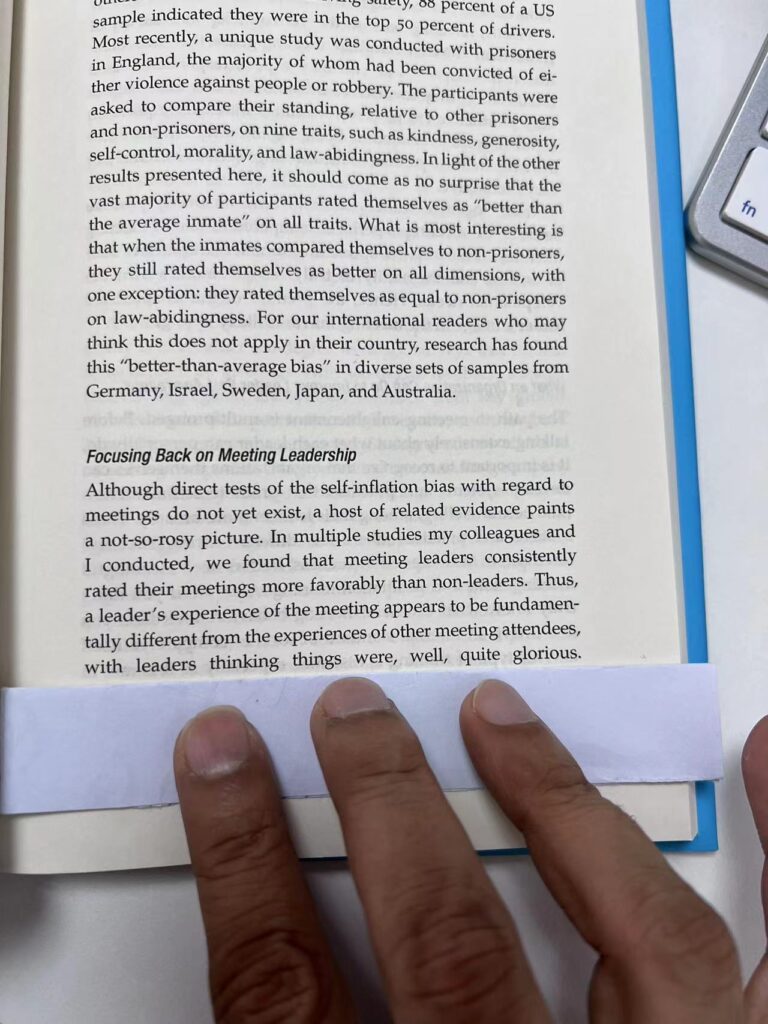Reading is essential for those who seek to rise above the ordinary.
– Jim Rohn
Reading opens doors to exciting worlds, fuels imagination, and nurtures knowledge. Embracing the joy of reading enriches our lives, broadens perspectives, and empowers personal growth. With countless genres and captivating stories, who wouldn’t want to read more books and embark on an endless adventure of learning and discovery? Let’s jump into 6 tips to get it done!
Step 1: Identify your reading speed.
How much time do you need to read a page? Not all books have the same font size, and not all text is easy to read, but stay with me. However, we can agree that most book font families and sizes are designed for comfortable reading. Set a timer and start reading a page. That is your time to start with, and it will teach you how to improve this number. For example, if you finish a page in 5 minutes, we need to find how much time (in days) you need to finish a book of 300 pages.
To calculate the number of days it will take to finish the book, we need to find out how many pages you can read in a day and then divide the total number of pages in the book by the number of pages.
If you can read one page in 5 minutes, you can read:
1 page / 5 minutes = 1/5 page per minute
Now, let’s calculate how many pages you can read in an hour:
1/5 page per minute * 60 minutes = 12 pages per hour
So, you can read 12 pages in an hour.
Now, let’s calculate how many pages you can read in a day, assuming you read non-stop:
12 pages per hour * 24 hours = 288 pages per day
Since the book has 300 pages, you can finish it in:
300 pages / 288 pages per day ≈ 1.04 days.
Therefore, it will take approximately 1.04 days (or about 1 day and 1 hour) to finish the book if you read non-stop. So, if you play with the numbers, you can easily find out how many days.
Step 2: Speed reading vs. reading fast(er).
Speed reading is a valuable skill that allows individuals to enhance their reading efficiency and comprehension. Unlike traditional reading, which involves pronouncing each word individually and reading at a steady pace, speed reading involves adopting specific techniques to process information rapidly.
One fundamental aspect of speed reading is eliminating subvocalization, which is the internal voice we often use to pronounce words mentally while reading. By suppressing this habit, speed readers can significantly increase their reading speed, as subvocalization can act as a limiting factor.
Additionally, speed reading involves utilizing peripheral vision to capture groups of words at once, rather than fixating on each word individually. This technique, known as “chunking,” helps readers process more information in a single glance and fosters faster reading speeds.
When I started speed reading, I was thrilled. It really helped me; however, after 2 days, I couldn’t take it anymore. I was feeling overloaded, reading faster, and could remember most of it, but I wasn’t enjoying it. So, what’s the point? And then I discovered that using my finger or anything that helps me focus on a word was also speeding up my reading without any strain on my brain. While reading, use your finger as a guide and place it beneath the word you are currently reading.
Step 3: User a paper.
Fold a piece of paper to the same width as the book page. Place it under the line you are reading. Note down the time. This method works best for me. I am comfortable reading and speed is pretty good. Make sure not to get into the battle of reading faster over the time. You need to enjoy reading!

Step 4: Divide and conquer.
Let’s say a book has 300 pages, and you want to finish it in a month. Therefore, 300/30 = 10 pages per day. Now, 10 pages a day may not seem like much, but why do many people still not read? It is because of their habits. We need to introduce a new habit. To ensure the habit sticks, you need to focus on building systems that emphasize small increments, just like progressive loading in the gym.
Step 5: Divide again.
Spread 10 pages in a day.
For example:
| Morning | Afternoon | Night |
| 1 | 2 | 7 |
| 0 | 0 | 10 |
| 5 | 2 | 3 |
| 2 | 2 | 6 |
Step 6: Make it a habit.
To establish a habit successfully, creating systems is crucial. Systems provide structure, consistency, and support, making it easier to integrate new behaviors into daily routines. By focusing on incremental steps and building effective systems, individuals can enhance their chances of forming lasting habits that align with their goals and aspirations.
Carry a book to the toilet instead of your phone, vs. place the book in the toilet. In most cases, 2nd case leads to more reading. Put the book next to the bed, not on the bookshelf


